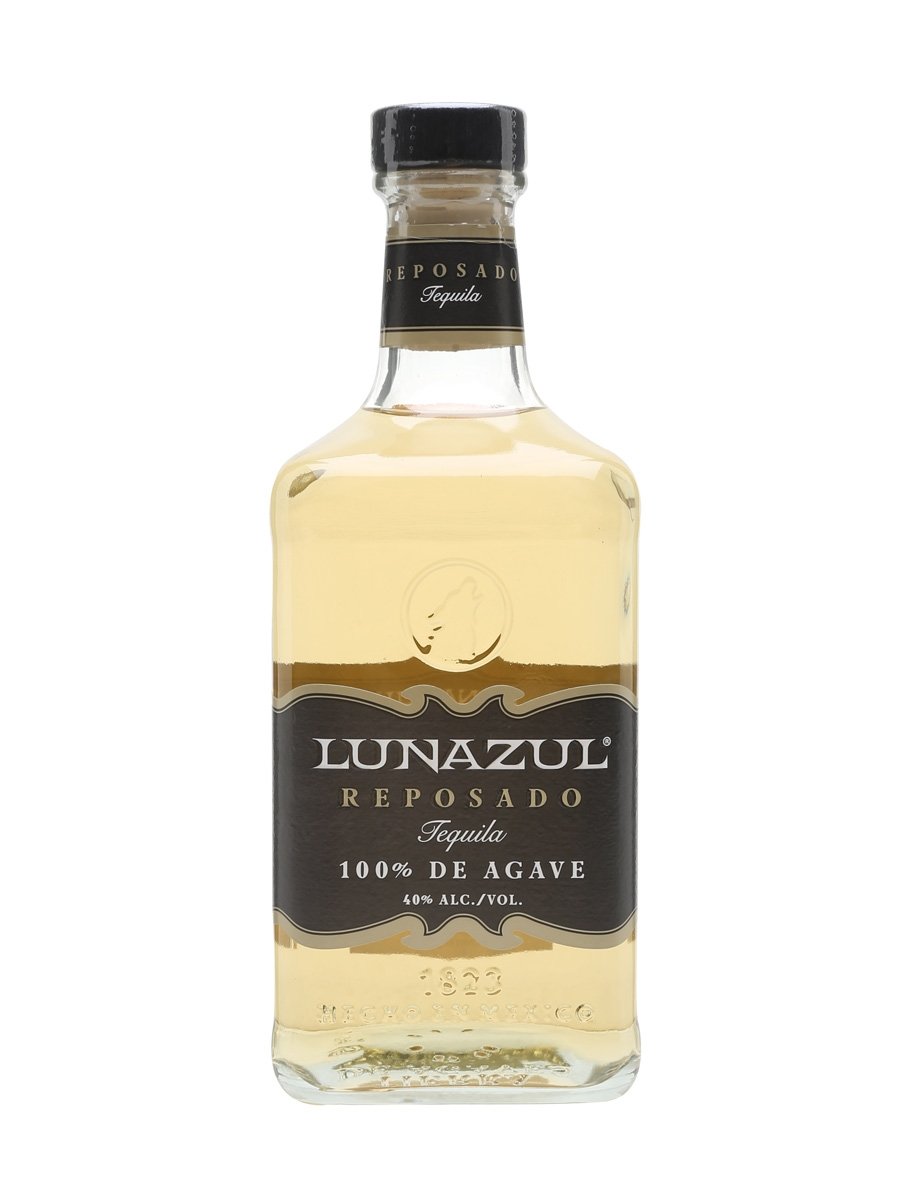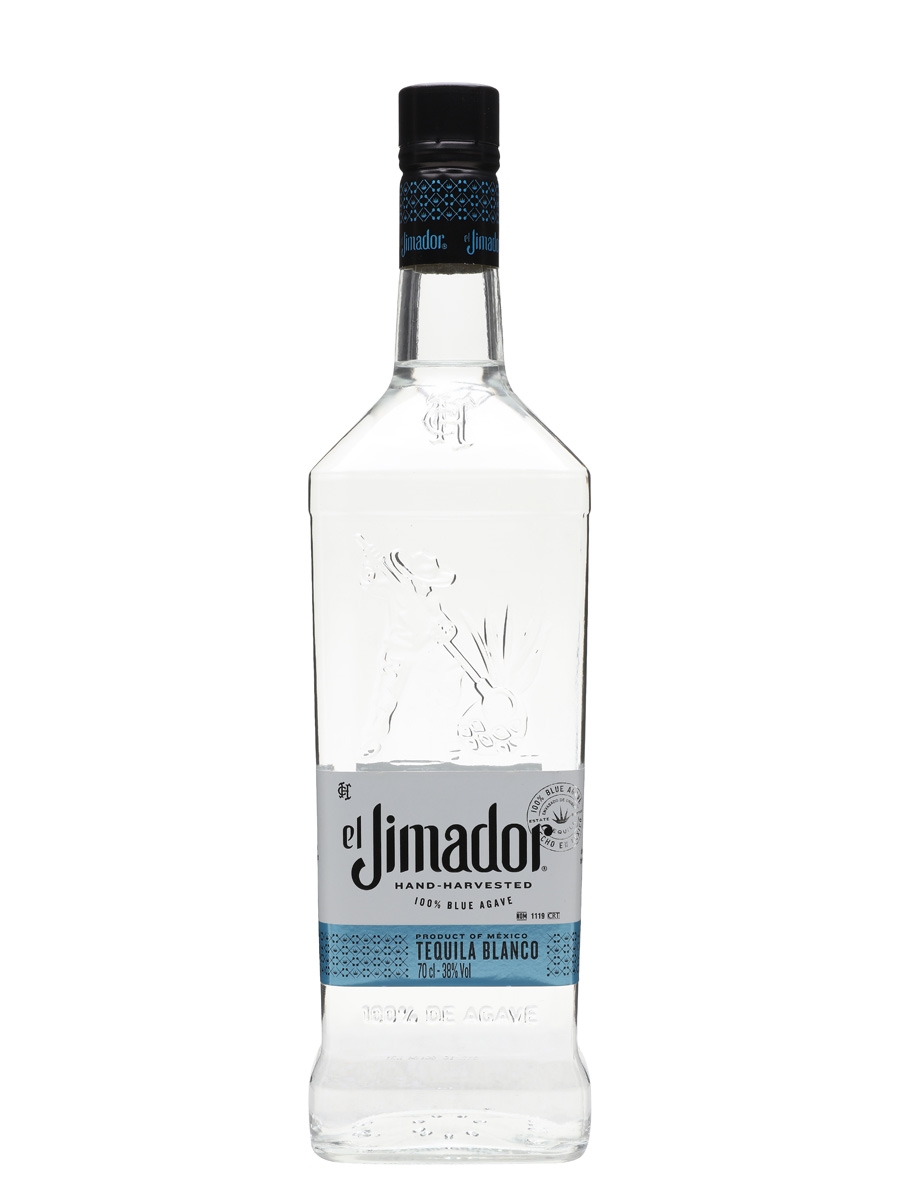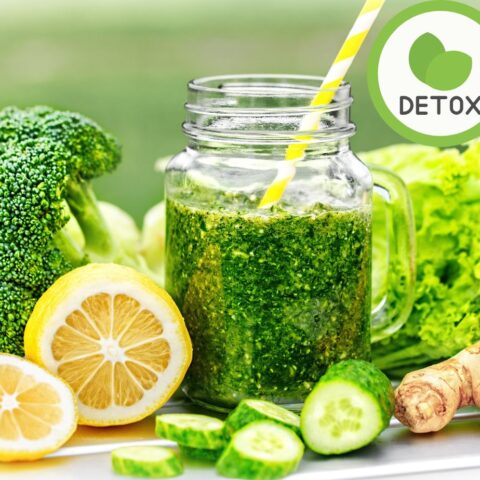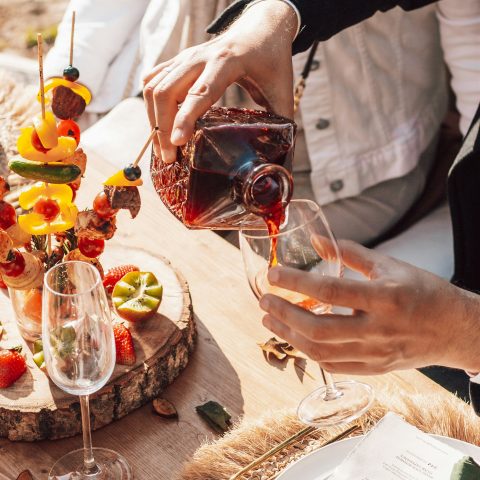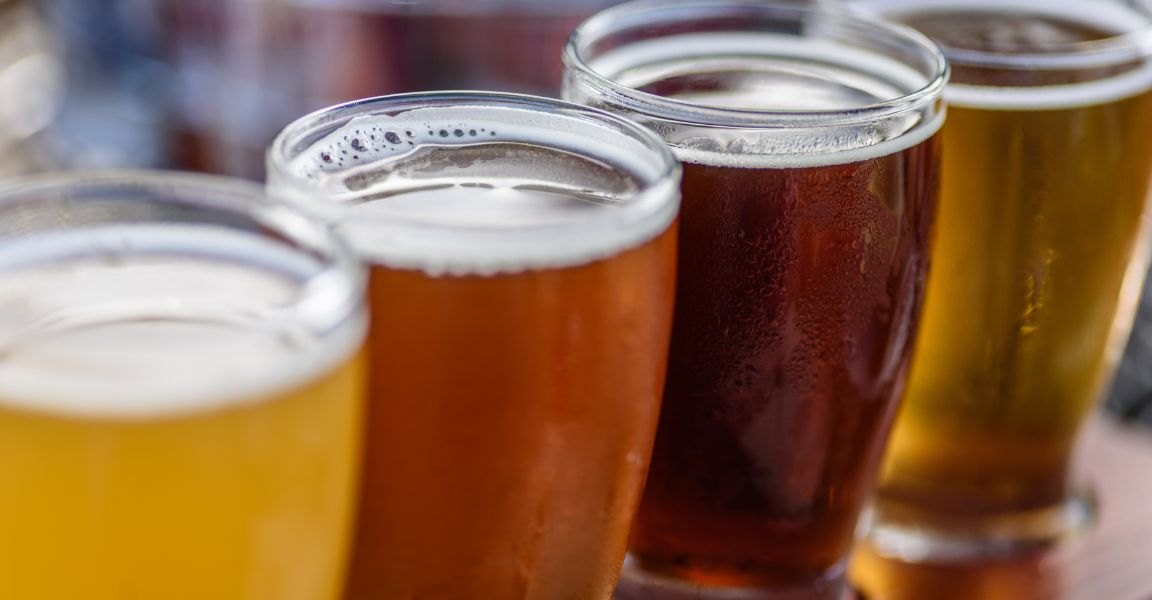The daddy of the Don Julio family – this is Real as in Madrid. Not as lively as the Don Julio 1942, but with an extra layer of super-smooth texture. Stunning vanilla, toasty oak spices and peppery agave character. I make no apologies for saying that this is the ‘Real’ deal.
Don Julio Real Anejo Tequila:
No frills, just beautiful, deep agave notes – smooth integration of oak, slight sweetness, very drinkable.
Carlos Camarena, the man who inherited Don Julio’s old distillery and kickstarted the tequila revolution. Excellent links.
Some more stats tequila geeks can enjoy.
Proof 70
Aged minimum 7 months in American white oak barrels.
Nose:
White pepper and vanilla dominate backed by cinnamon, creamy toasted oak, cocoa, mocha and sweet agave.
Taste:
This is a rich mouth-filling tequila with mature agave, sweet cedar and the same array of spices which turn more peppery.
Finish:
This is a very long, very deep and very creamy finish.
Total:
This is a really excellent 100% agave tequila. It’s younger than its siblings, but has oak really integrated into the taste and texture. It is slightly less creamy, spicy and concentrated than the Don Julio 1942 but has a really long finish and emphasis on the wood to provide more depth of flavour.
Although I love the 1942 this is a great tequila, which is preferred by a lot of tequila experts over its younger sibling. I think it’s very, very close to the 1942 and at a cheaper price than the 1942, definitely worth trying.
Don Julio Real Anejo Tequila Review:
Diluted a little too much, but it is still a great drink. My favourite tequila so far has been the Don Julio 1942 Anejo – read the full review here. – I’ve also tried the Don Julio Real joven which was diluted a little too much, but it is still a great drink.
Don Julio Real’s Lighter Sibling
The Don Julio Real Anejo is too young to be a blanco tequila. It is too brash and intense to be a reposado tequila. It is best classed as an añejo, although it breaks with convention by not being aged for a year.
Don Julio and the Año Del Diablo 10,000 Tequila Boasts
Escamilla says: “The process for producing the Don Julio 100% Blue Agave Añejo is a slow one, taking as long as nine months, from field to bottle”. The devil is in the detail, so let me give you the full breakdown:
Step One Step Two Step Three Step Four Crushed Blue Agave Stems Cooked in traditional wood oven Cooking to 77% Sugar (also using reverse osmosis to get the sugar levels up) Fermentation in Stainless Steel or New Charred Oak Fermentation in stainless steel for four hours, then aged in New Charred Oak for another four hours to get that smoky flavour Seperation of Pulp from Juice Juice taken and pulped by water and the remaining solids separated by centrifuge Juice taken and pulped by water and the remaining solids separated under centrifugal force Juice taken and pulped by water and the remaining solids separated by centrifuge Distillation at low temperature Distilling 19 times Distilling 19 times at low heat. This massively concentrates the flavours.
I must admit I am sceptical about how much smoke a little time in new charred oak barrels can produce. I suspect a time honoured Tequila conspiracy theory of adding a little bit of smoke over some heat.
Don Julio’s marketing director is bold on the point:
“A lot of the high-end tequila producers are adding smoke and flavouring to their tequilas,” Escamilla says. “They are making their tequila as dark as possible and [using] real wood in the barrels, but we are doing it in the process, so colour is only coming from the agave.


